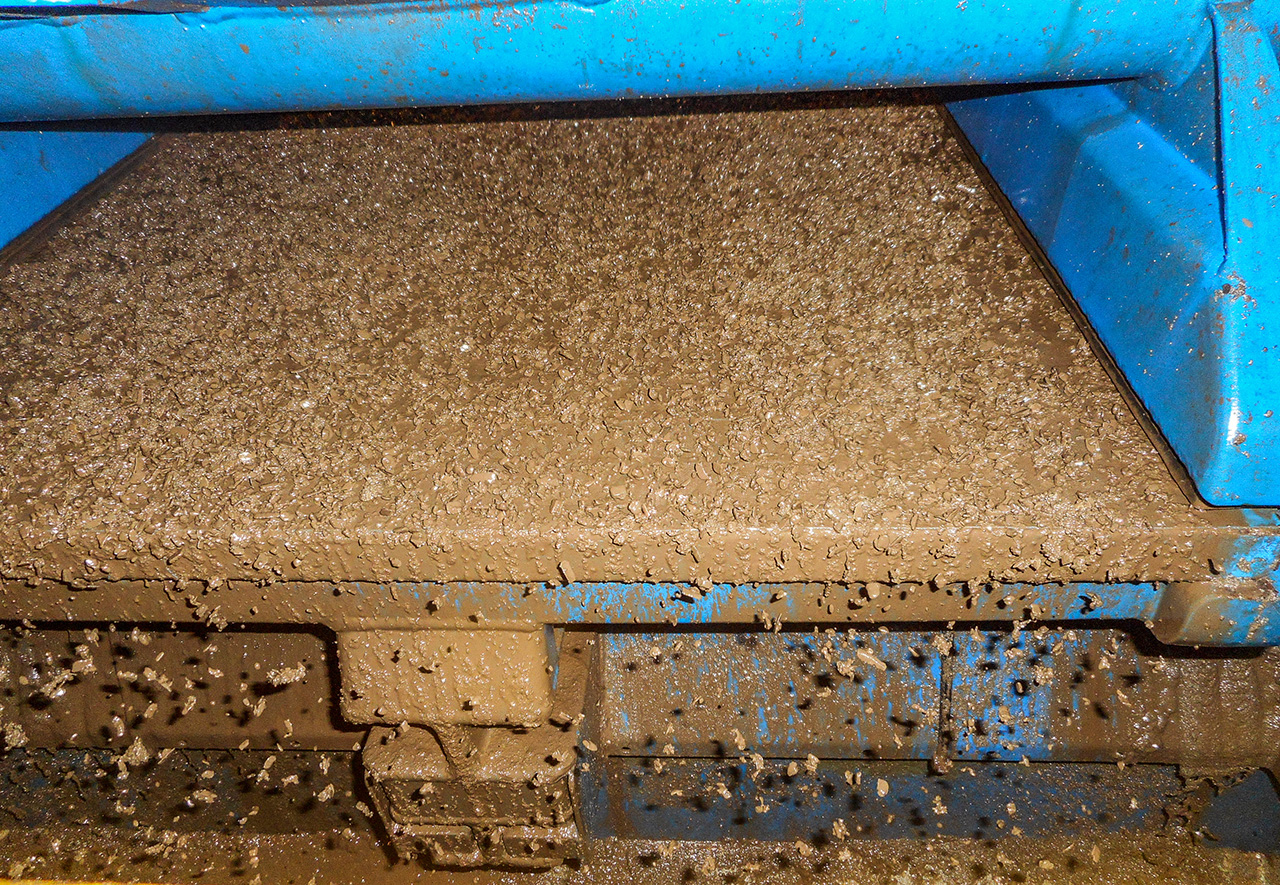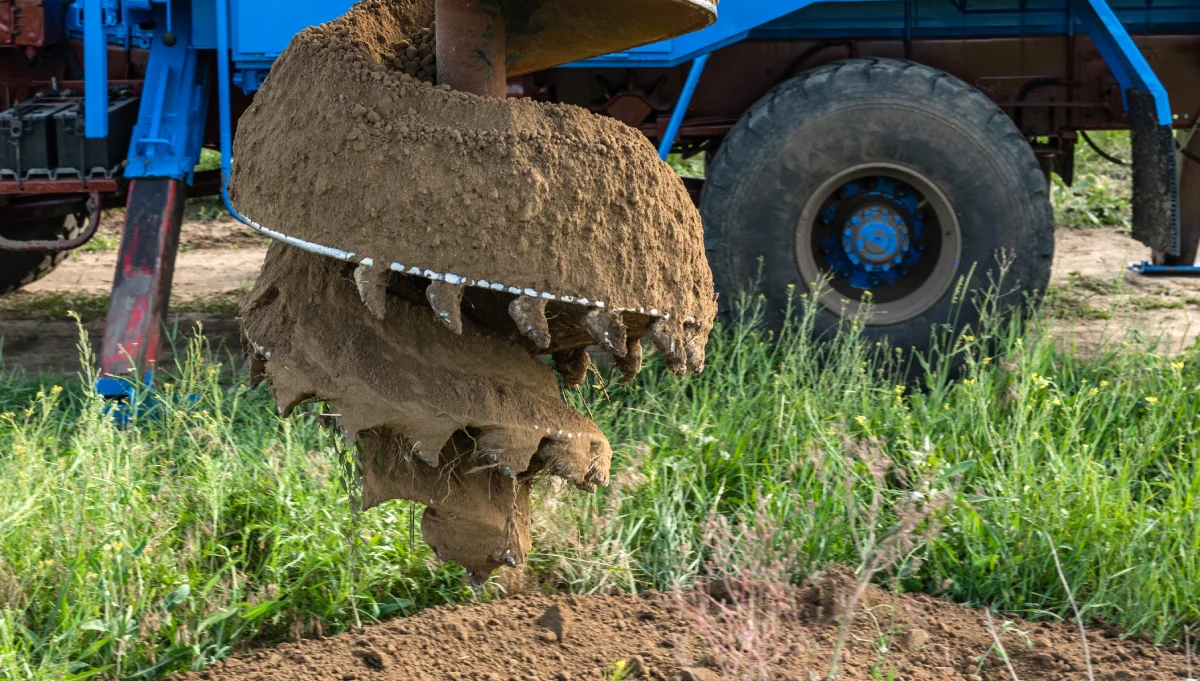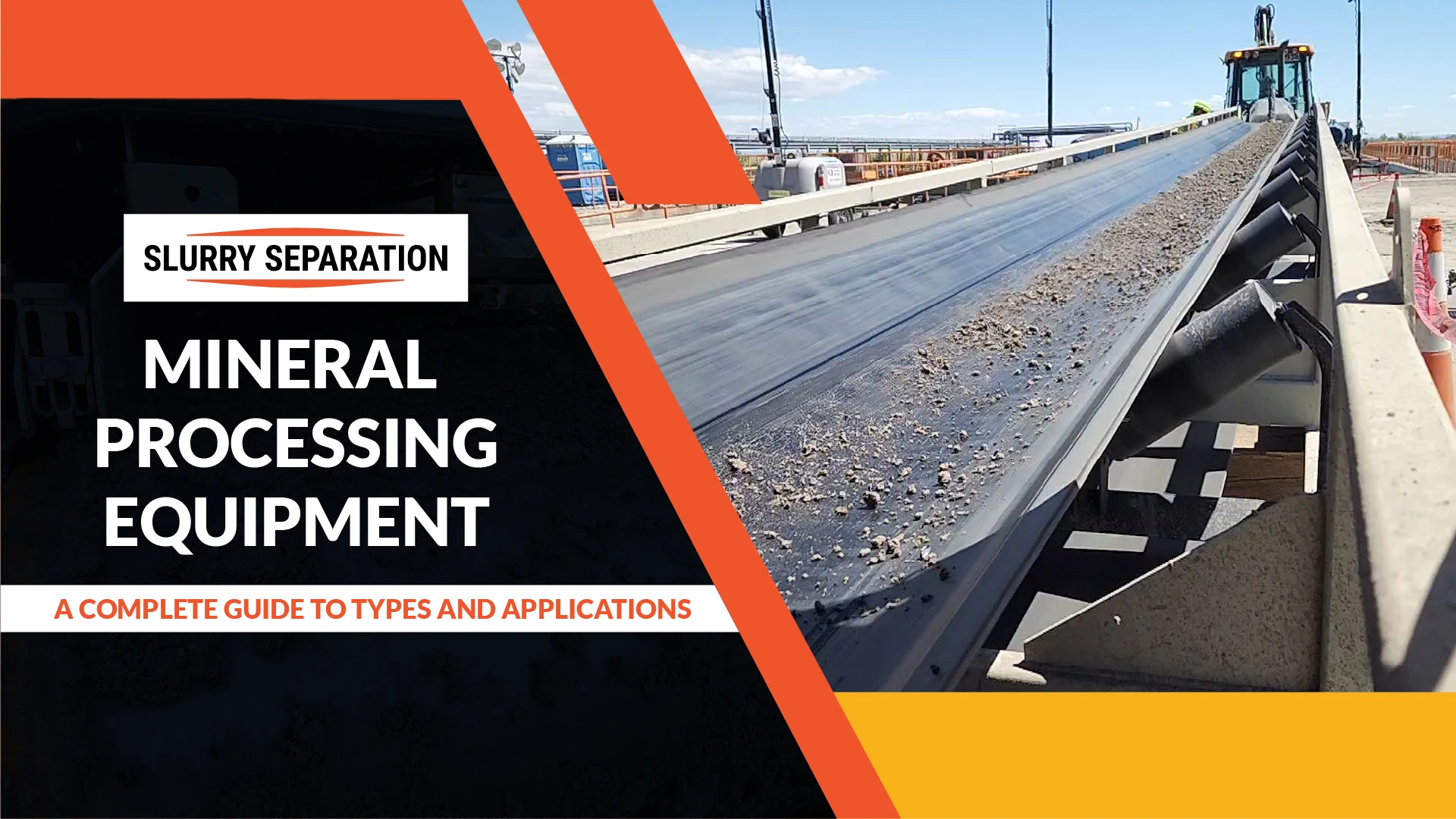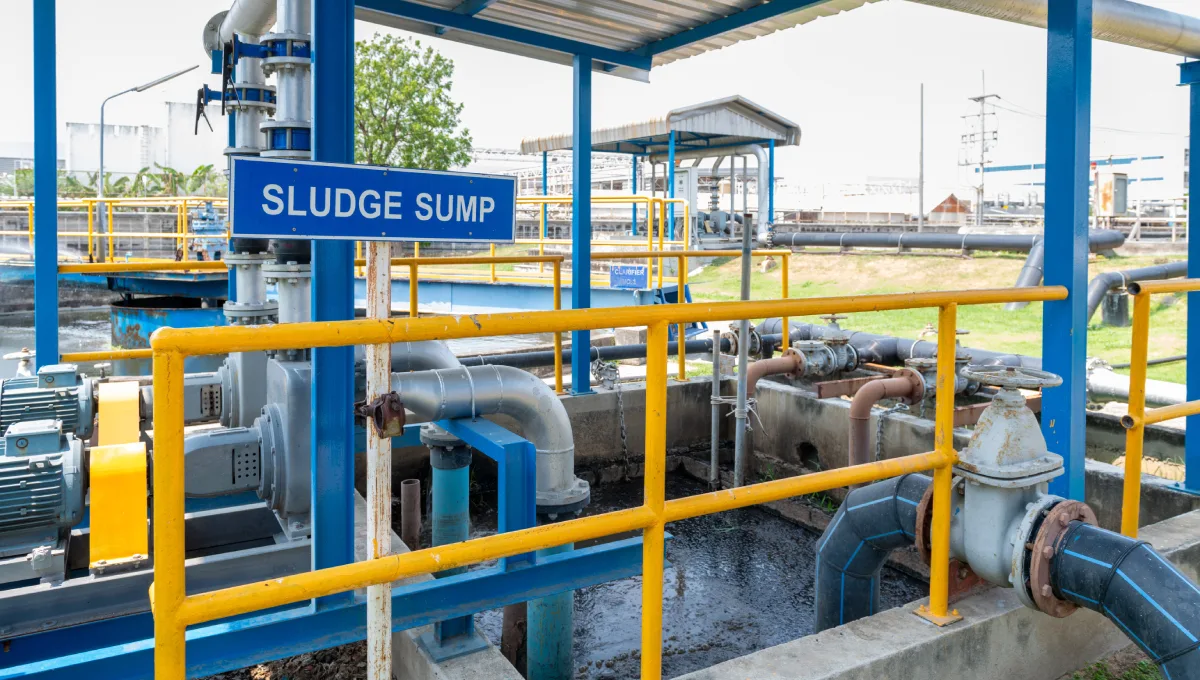Shaker screens play a pivotal role in the performance and efficiency of shale shakers, which are integral components of solids control systems in drilling operations. The effectiveness of solids control, fluid handling, and overall drilling performance depends on properly selecting, installing, and maintaining shaker screens. Below, we will delve into the key factors that influence shaker screen performance in a shale shaker, encompassing screen design, mesh size, screen tension, conductance, and screen wear.
1. Screen Design
The design of shaker screens significantly impacts their performance and durability. Various screen designs, including flat, corrugated, and pyramid-shaped screens, accommodate different drilling conditions and solids control requirements. Each design offers unique solids conveyance, fluid handling, and screen life advantages. Flat screens provide a large screening area for efficient solids removal, while corrugated screens enhance particle agitation and conveyance. Pyramid-shaped screens improve fluid handling and reduce fluid bypass, enhancing solids control efficiency.
2. Mesh Size
Mesh size refers to the number of openings per linear inch on the screen surface and determines the size of particles that can pass through the screen. Choosing the appropriate mesh size is crucial for achieving optimal solids control and fluid handling performance. Finer mesh sizes capture smaller particles and fines, while coarser mesh sizes allow larger particles to pass through. The selection of mesh size depends on the particle size distribution of drilled solids, drilling fluid properties, and desired separation efficiency. Matching mesh size to drilling conditions helps prevent screen blinding, maximize solids removal, and improve drilling performance.
3. Screen Tension
Proper screen tension is essential for maintaining screen integrity, preventing sagging or deformation, and ensuring effective solids separation. Insufficient tension can result in screen fluttering, blinding, or premature failure, compromising solids control efficiency. Conversely, excessive tension may cause screen damage, reduced conductance, and increased wear on the shaker deck. Regular monitoring and adjustment of screen tension using tensioning bolts or pneumatic tensioning systems help optimize screen performance and extend screen life.
4. Conductance
Screen conductance, also known as throughput or permeability, measures the flow rate of drilling fluid through the screen surface and affects solids removal efficiency. Higher conductance allows for greater fluid throughput and faster drilling fluid processing, enhancing solids control performance. Conductance is influenced by factors such as screen mesh size, open area, wire diameter, and screen tension. Optimizing these parameters helps maximize conductance and improve fluid handling capacity, reducing fluid bypass and enhancing solids removal efficiency.
5. Screen Wear
Screen wear is a critical factor affecting shaker screen performance and longevity in drilling operations. Continuous exposure to abrasive solids, high vibration levels, and mechanical stress can lead to screen abrasion, blinding, or failure over time. Abrasive wear occurs when drilled solids abrade the screen surface, causing material loss and reduced screening efficiency. Additionally, fatigue wear results from repeated cyclic loading and unloading of the screen, leading to screen fatigue and eventual failure. Proper screen selection, regular inspection, and timely replacement are essential for minimizing screen wear and ensuring optimal solids control performance.
Shaker Screen Performance: Several Critical Factors At Play
In conclusion, shaker screen performance in a shale shaker is influenced by various factors, including screen design, mesh size, screen tension, conductance, and screen wear. Understanding these key factors and their interplay is essential for achieving optimal solids control efficiency, fluid handling capacity, and overall drilling performance. By selecting the right screens, maintaining proper tension, optimizing conductance, and monitoring screen wear, operators can enhance solids removal efficiency, reduce screen-related downtime, and improve drilling productivity. Proactive screen management and maintenance are crucial for maximizing screen performance and ensuring cost-effective solids control in drilling operations.




